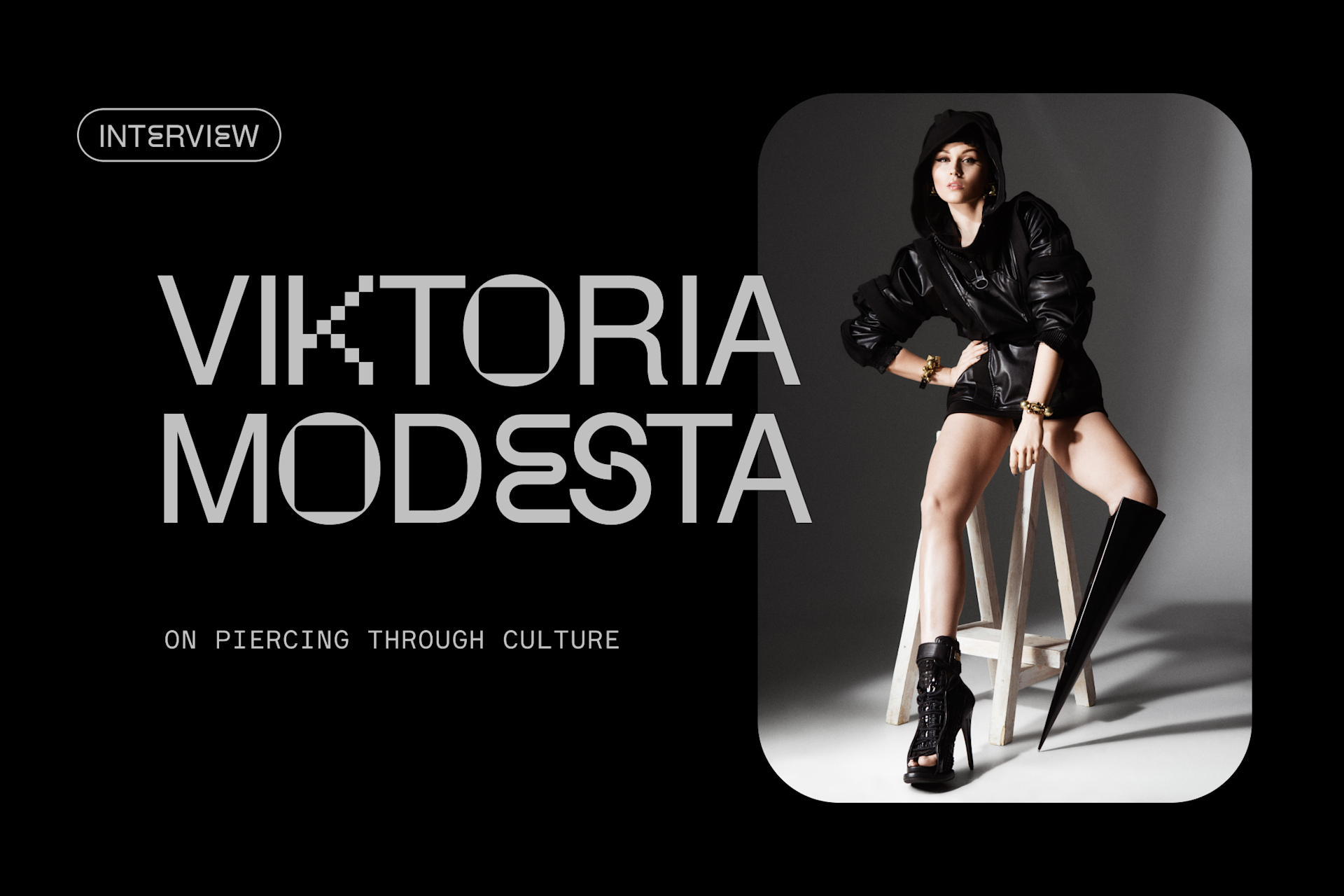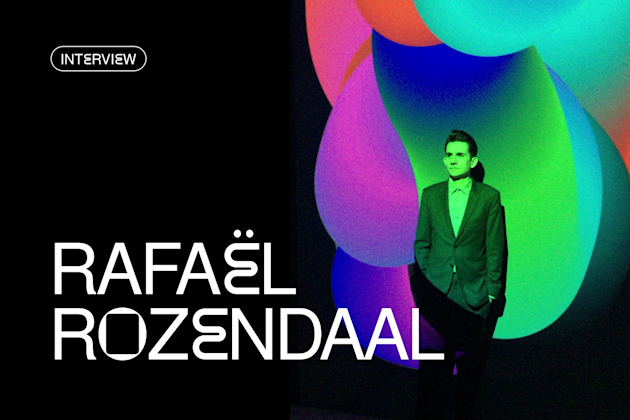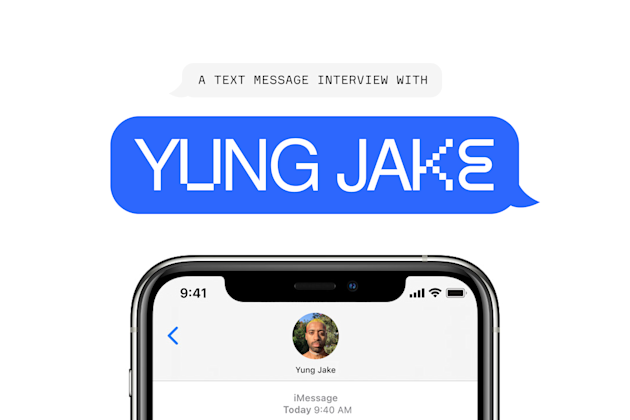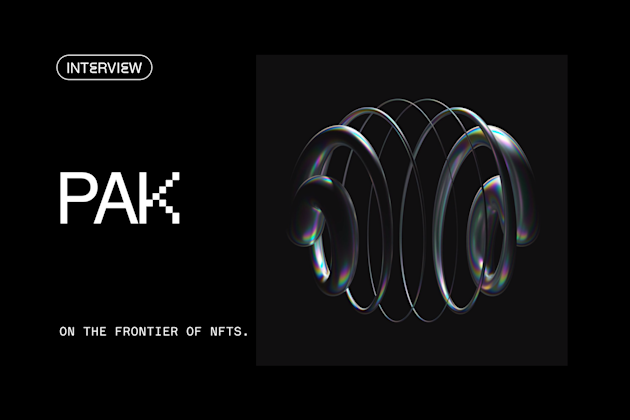Bionic pop artist Viktoria Modesta on piercing through culture.

When Viktorija Moskaļova was 15, she decided it was time to amputate her left leg. An accident at birth had damaged it, and dozens of reconstructive surgeries failed to fix it. But still, it took five years to convince surgeons an amputation would help her take back control of her health, her life, and her identity.
She’s done that and more. As “bionic pop artist” Viktoria Modesta, she’s created visibility for not just differently abled people, but also anyone who sees their identities stretching beyond the confines of our boring little human skins. From her debut at the London 2012 Paralympics to her breakout feature in the artfully directed Channel Four Prototype video, through residencies at Crazy Horse Paris and MIT Media Lab alike, she’s expanding the conversation on what it means to be human—and how our increasingly sci-fi world will make us more human than ever.
How did the Prototype video come to be?
The video was commissioned by Channel Four in the UK, and it was very much a reaction to their Superhumans campaign, which showed the post-disability movement for the first time. They approached me because they really wanted to create some cultural content that was not about sports. It was very much about trying to nail what the spirit of this kind of post-human/post-disability vibe is.
The video came out on Facebook originally, and within a few hours it just completely exploded to four or five million views. It gained a lot of traction on its own, because only a few days later it was showcased during the finale of The X Factor, which is a really punk rock move on behalf of Channel Four because it's the opposite of what something like The X Factor is. Something like 20 million people watched that show, and here you are watching the finale, and “Spike Dance” appeared on the screen, it was pretty epic.
No one really anticipated the almost mysterious power the clip has had over the years. I feel like it’s about our intention to put something out there that really challenged the more homogenized pop culture of that time and that was really potent.
And also for me, as an independent artist, it was the first time that a commercial entity fully gave me the creative freedom to showcase the message that I was working on. And I guess everything creatively or physically that I had in me at the time was really left on the screen. As much as the original intention was to challenge the views on disability, my background is much more in the subculture and avant-garde performance art and fashion. And I just wanted the world to see that you could really mold and reimagine your identity and your body and mix up pop culture. It creates this hybrid where the video itself feels like artwork, but also it features artwork, the spike-like prosthetic that's in it. So there's a lot of layers to it in a weird way.
Everything from the sound design to the camera work and the movement just emphasized the energy behind creating new culture: You have to pierce through and create a wedge in current culture and just force your way into it. That’s what's happening right now with this movement of creating value for digital artwork. I think “Spike Dance” was ahead of its time, because I never really understood how it fell between the cracks of traditional stuff: It wasn't really a music video, it wasn't really a meme. It was just this strange piece of content that leaves people speechless. And so I really feel like a lot of the cultural movements that are happening right now reflect that, it's like a really intentional disruption where you just come and change things—and you can't unsee or unthink the way the new things that are developing.
The promise of NFTs certainly speaks to the cross-disciplinary work that you do, too.
Absolutely. And I really love the amount of variety in the types of work that can be channeled into the NFT movement. I'm just one of many, many people who for the last decade have felt like it doesn't make sense that artwork is only valued in a certain way. It doesn't make sense that new ways of creating emotional impact aren’t valued because an institution decides what works and what doesn't. For years, I have worked with so many artists whose work falls between the cracks of traditional genres. NFTs present the perfect opportunity for us, because if your artwork creates emotional connection and emotional response, it has value. Ultimately that's what it's about.
What have been some of the most memorable resurfacings of “Spike Dance” over the years?
Honestly, I can't even get my head around how many times this video has been viewed and the amount of people I meet who are, for example, professors or heads of companies who say the video is part of their educational curriculum or presentation, whether they’re in design, architecture, or fashion. I've been told this video was in mood boards at SpaceX and for Blade Runner 2049, the former CMO of Magic Leap told me she had me in her presentation when she applied for the job!
Most personally, it's the messages from people who faced or had an amputation and the stories of all of their friends and family sending them this video as inspiration, saying, "You won't only survive but thrive with this new body." From overcoming health issues to any kind of identity or life adversity, the spirit of this video speaks a universal language of hope. And every year someone will pick it up again, and I'm so lucky that probably every year most of them will repost it again as really important content. I just love it.
I'm really excited for somebody to feel like they actually own the first authenticated piece. I can't even imagine. And it's interesting, because it's so different to the kind of work that's out there right now. I'm hoping it can show how many different types of works can exist for this medium. And in a way it's of a different category because of the life it's led and the trail of impact it has. Part of the reason why I think we should get it out there is that there's just so much history of what it meant and what it means still.
It seems gratifying to claim the ownership and authenticity, even if you're selling it—to say, "I did this." Is there something that feels like reclaiming the piece by minting it?
Yeah, definitely. I think especially over the last year it’s been on TikTok and getting hundreds of thousands of views all over again without the hashtag or who the video is by, or I see people tagging Roblox of the Cyberpunk [2077] video game. I'm just like, "Okay, it clearly is content that is riding the wave of everything that's happening," but it does make you think, "I did that, and it’s important." If NFTs are for anything, it’s to create a badge of digital representation because I think that reposting, copying, and all of that stuff is just the natural process for a really important piece of art. It's awesome for that to be much more solidified.
When it came out it was a cultural statement, but it’s even more resonant now as we're moving into this sci-fi reality, as we're really re-evaluating how we can redesign ourselves in the metaverse or what it means to be human, or what it means to have a future identity. That’s so important right now. I'm just really excited for more people to see it and for somebody to feel like they've been able to take part in this moment.
What do you see NFTs opening up for artists in this new sci-fi world?
It's not very often that you get a new cultural wave where, from the very root, you can start shaping the level of equality and diversity that's happening in it. I'm really excited about that. I'm excited to enter the space where cryptocurrency has been going for a long time. I feel really proud knowing that my artwork has every right to be in this movement, be part of this conversation, and hopefully encourage more women specifically to get into this space from the get-go.
I'm very curious to see how things pan out for artists who already work in the traditional arts. I do think there's an opportunity for everybody. But I'm mostly really, really excited about people like me who have had a piece of artwork that isn’t technically valued, despite people telling me all the time how amazing it is. If you have something that you feel lives in the digital space and has power, I think this is the time for you.
And obviously by just talking to friends. I have so many friends on Foundation and have collaborated with quite a lot of them. So I'm just really psyched that this new platform has been built for artists. For so long, digital artists weren't considered "real" artists and I've seen first-hand the amount of snobbery that you can get for it. This is such a powerful time to be like, "Well if we can't be taken seriously as part of your cultural movement, then we'll make our own."
You've called your art post-human, and yourself a future romantic. How do those things come together for you?
I feel like I've had a very unusual journey and got to really question what it means to be human through my work with prosthetics that I've had this idea that you can redesign and re-architect yourself. But I do have a very positive, optimistic view about the future and know that post-disability and post-human vibes are going to merge into just this really awesome humans advance with technology, period, no matter what kind of ability you have.
We're entering the stage right now—whether it's through technology around us or tech wearables or with digital components—where our identities are stretching. What it means to be human is just expanding. It's completely fascinating.
Read more

Rafaël Rozendaal on how digital art is always with you.

Yung Jake isn’t excited about NFTs.
